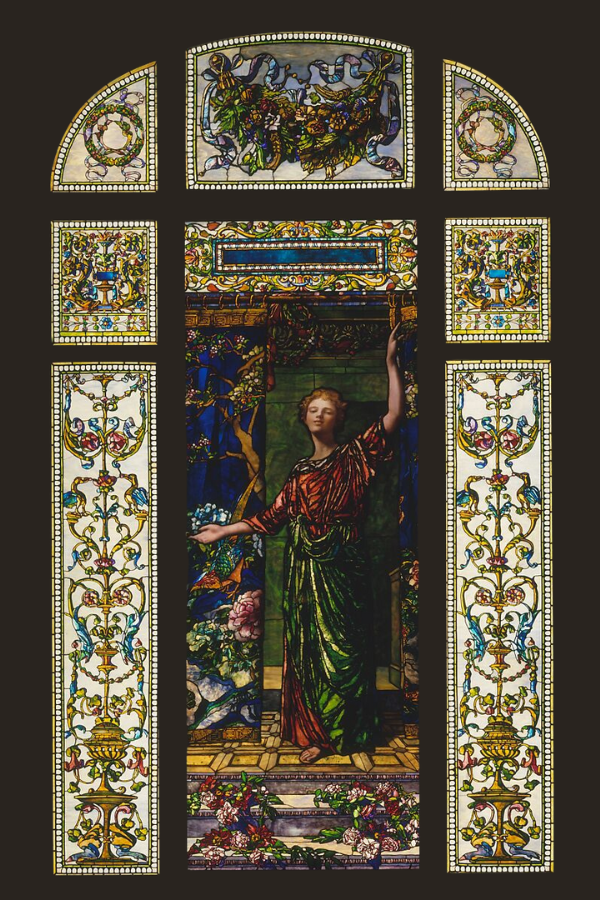

A Duel of Light and Color: The Famous Feud Between John La Farge and Louis Comfort Tiffany
Summary
Reflection Questions
Journal Prompt
Across the deep and diverse history of American art and craft, few rivalries have been as influential or memorable as that between Louis Comfort Tiffany and John La Farge. Both men were pivotal figures in the late 19th and early 20th centuries, and both revolutionized the artistic application of stained glass through their innovative use of opalescent glass, which introduced unprecedented depth, color, and texture to the medium. In this article, we consider the origins, dynamics, and consequences of the feud between Tiffany and La Farge, examining how their competitive spirit not only spurred individual creativity but also significantly shaped the trajectory of stained glass art. By reflecting on this rivalry, we gain insight into a transformative period in American art, marked by technological innovation and artistic brilliance. Read on to learn all about the two stained-glass window titans.
Background on the Rivals
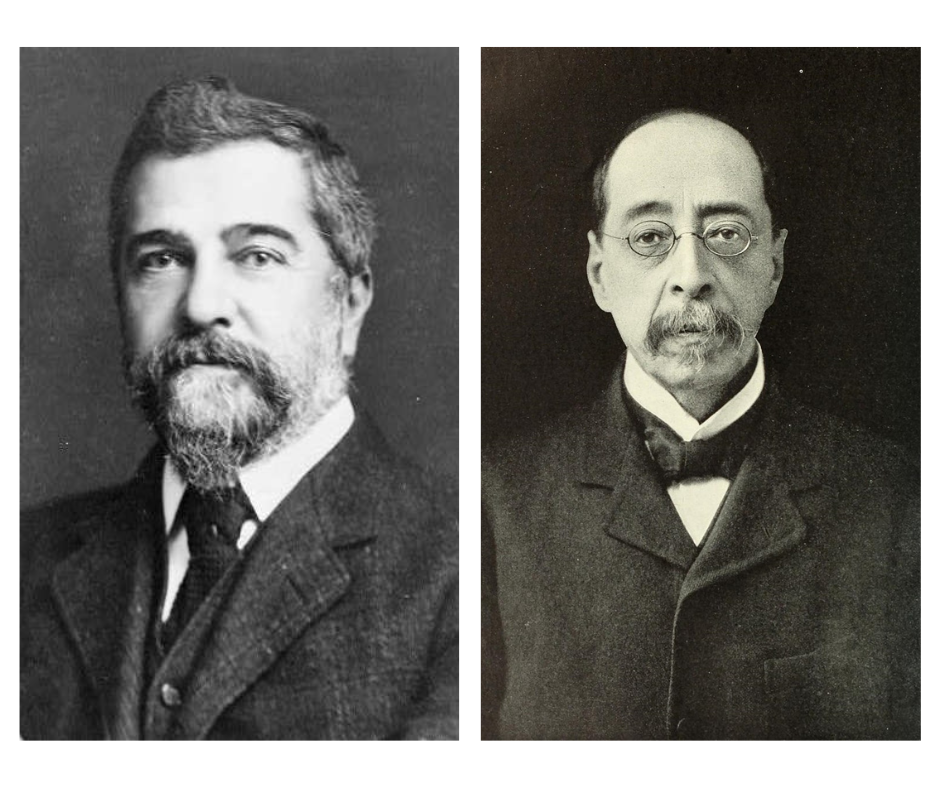

The artistic saga of Louis Comfort Tiffany and John La Farge is rooted deeply in their individual histories, which set the stage for their eventual rivalry. These two towering figures in the world of stained glass art came from diverse backgrounds, each carving a unique path that led them to the forefront of innovation in their field. To truly understand their feud, let’s take a look at the early life and career foundations of both Tiffany and La Farge.
Louis Comfort Tiffany


Louis Comfort Tiffany, born in 1848, embarked on his artistic journey in New York City, the epicenter of American culture and innovation. Son of Charles Lewis Tiffany, founder of the famed Tiffany & Co., Louis was not immediately drawn to the family jewelry business.
Instead, he pursued painting, studying under notable artists such as George Inness and Samuel Colman. His artistic sensibilities eventually led him to the world of decorative arts, where his fascination with glass as a medium flourished.
In 1885, capitalizing on his growing reputation as a designer of stained glass windows, Tiffany established Tiffany Studios. The studio became a beacon of artistry and craftsmanship, pushing the boundaries of glassmaking and laying the groundwork for Tiffany’s enduring legacy in American art and design.
John La Farge
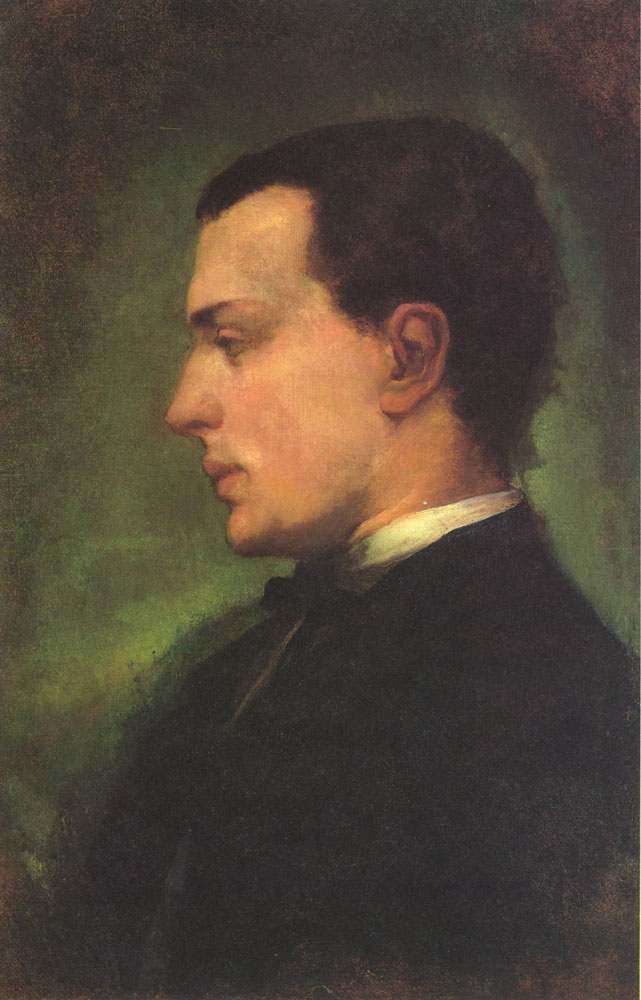

John La Farge was born in 1835. It was at Mount Saint Mary’s College as a teenager that he was first exposed to art as a passion, though it would be many years before he attempted it as a career. When La Farge began his artistic career as a painter, he was initially influenced by his studies under the tutelage of prominent American painter William Morris Hunt. This mentorship played a pivotal role in shaping La Farge’s early artistic style, which was characterized by a penchant for naturalism and a keen interest in color dynamics. La Farge also worked closely with Henry James and Richard Morris Hunt, the latter of whom was an architect in New York.
Transitioning from painting, La Farge’s fascination with light and color led him to explore the realm of stained glass, a medium that was undergoing a renaissance in America during the late 19th century. His approach to stained glass was revolutionary. At his studio in Rhode Island, he experimented with innovative techniques such as layering glass to achieve depth and using opalescent glass to create a play of light and color.
La Farge’s technical and artistic advancements in stained glass not only marked a significant departure from traditional methods but also established him as a key figure in the evolution of this art form. The stained glass designer was also deeply influenced by Japanese art, which can be seen in later works.
The Introduction of Opalescent Glass


Opalescent glass, characterized by its translucent and iridescent qualities that scatter light to produce a milky, opal-like effect, marked a significant innovation in the field of stained glass art. Unlike traditional stained glass, which was colored yet transparent, opalescent glass introduced a multidimensional aspect to glasswork, with varying degrees of translucency and a spectrum of colors visible throughout the glass layers depending on the angle of light.
Louis Comfort Tiffany and John La Farge, working independently, both pioneered the use of this new type of glass in their artistic creations. Each artist discovered unique methods of manipulating opalescent glass to enhance the aesthetic and expressive capabilities of their stained glass works. Initially, there existed a mutual respect and admiration for each other’s work.
However, as each artist further developed their unique styles and techniques, this admiration evolved into a fierce rivalry. The competition intensified as they both sought to push the boundaries of what could be achieved with opalescent glass, striving for dominance in the burgeoning world of American art.
Fuel your creative fire & be a part of a supportive community that values how you love to live.
subscribe to our newsletter
*please check your Spam folder for the latest DesignDash Magazine issue immediately after subscription


The Patent Dispute Between Tiffany and La Farge
The rivalry between Tiffany and La Farge escalated into a legal battle over the patent rights to opalescent glass, a contention that became a defining moment in their careers. In 1880, La Farge obtained a patent for his method of making and using opalescent glass in stained glass windows, claiming the invention as his own.
Tiffany, who had also been experimenting with and utilizing opalescent glass, challenged La Farge’s patent, leading to a contentious legal dispute. Tiffany argued that he had independently developed similar techniques prior to La Farge’s patent, while La Farge maintained the originality of his methods.
The dispute not only had legal implications but also deeply affected their personal and professional relationships, fostering an environment of heightened rivalry and mutual distrust. The litigation, drawing attention from the broader artistic community, underscored the competitive spirit that drove both men to claim ownership over a revolutionary artistic development.
This legal confrontation ultimately left an indelible mark on both their legacies, highlighting the intense competition for innovation within the American art scene.
Comparing Key Projects and Artistic Styles
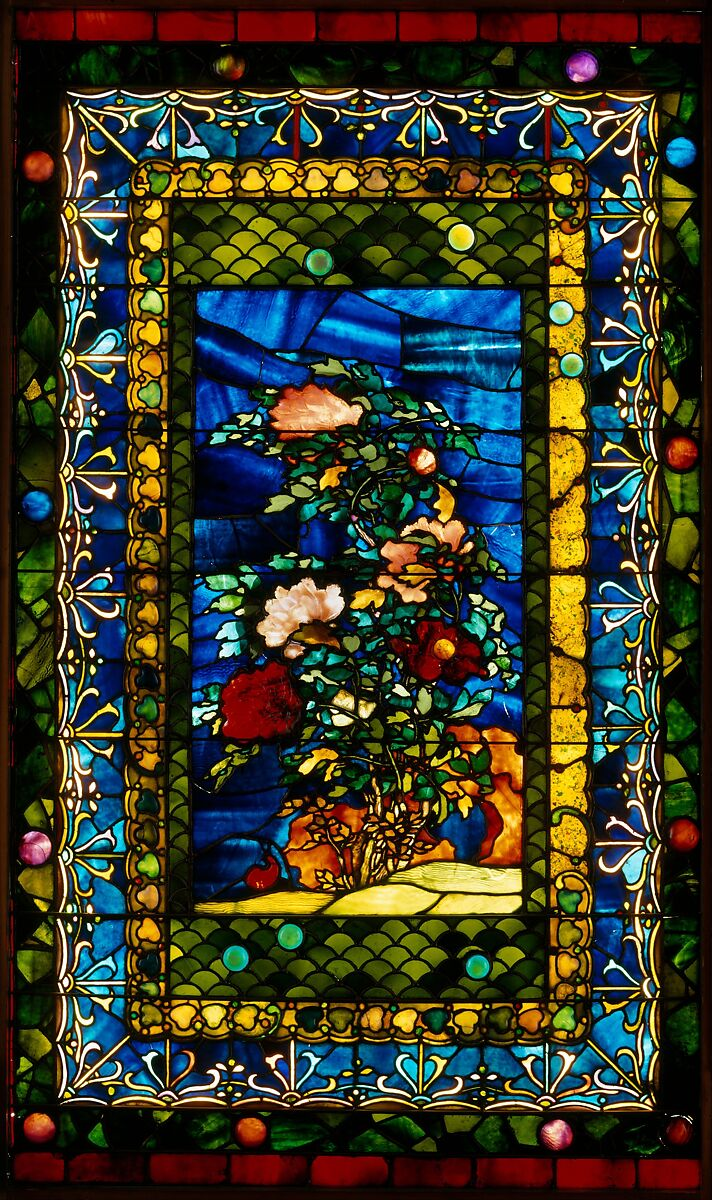

Louis Comfort Tiffany and John La Farge, though contemporaries in the realm of stained glass art, diverged distinctly in their stylistic approaches. Tiffany’s work is renowned for its vibrant colors and intricate patterns, often drawing inspiration from nature with a focus on floral and landscape motifs. His technique in layering glass created a textured, multidimensional effect.
La Farge, conversely, is celebrated for his subtle color gradations and emphasis on realism, achieving a painterly quality in his glasswork. His innovation lay in the use of opalescent glass to create depth and his skillful manipulation of light.
Highlighting Some of Their Most Renowned Works and Commissions
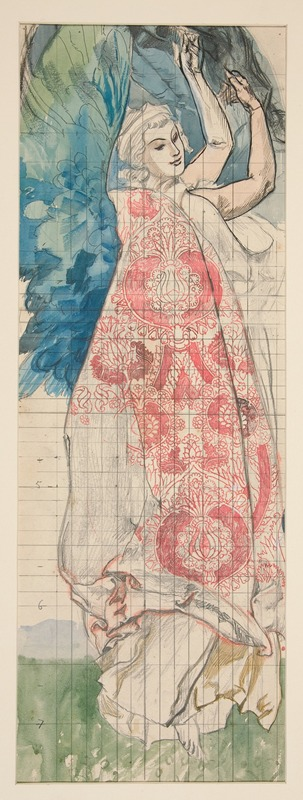

Both artists boast an impressive portfolio of works and commissions. Among Tiffany’s most acclaimed works are the chapel interior for the 1893 World’s Columbian Exposition and the “Magnolias and Irises” window. La Farge’s notable contributions include the stunning windows he designed to decorate Trinity Church in Boston and the “Battle Window” at Harvard University. These works not only exemplify their unique artistic visions but also mark significant advancements in the craft of stained glass.
How Their Rivalry Influenced Their Artistic Choices and Innovations
The rivalry between Tiffany and La Farge spurred significant artistic developments within the realm of stained glass. This competitive dynamic fostered a creative environment where each artist sought to surpass the other through innovative techniques and expressive designs.
Tiffany’s exploration of color and texture can be seen as a response to La Farge’s detailed realism and vice versa. This rivalry thus served as a catalyst for their artistic evolution, pushing each to explore new boundaries in stained glass art and solidifying their legacies as pioneers in the field.
Their Shared Influence on the American Arts and Crafts Movement
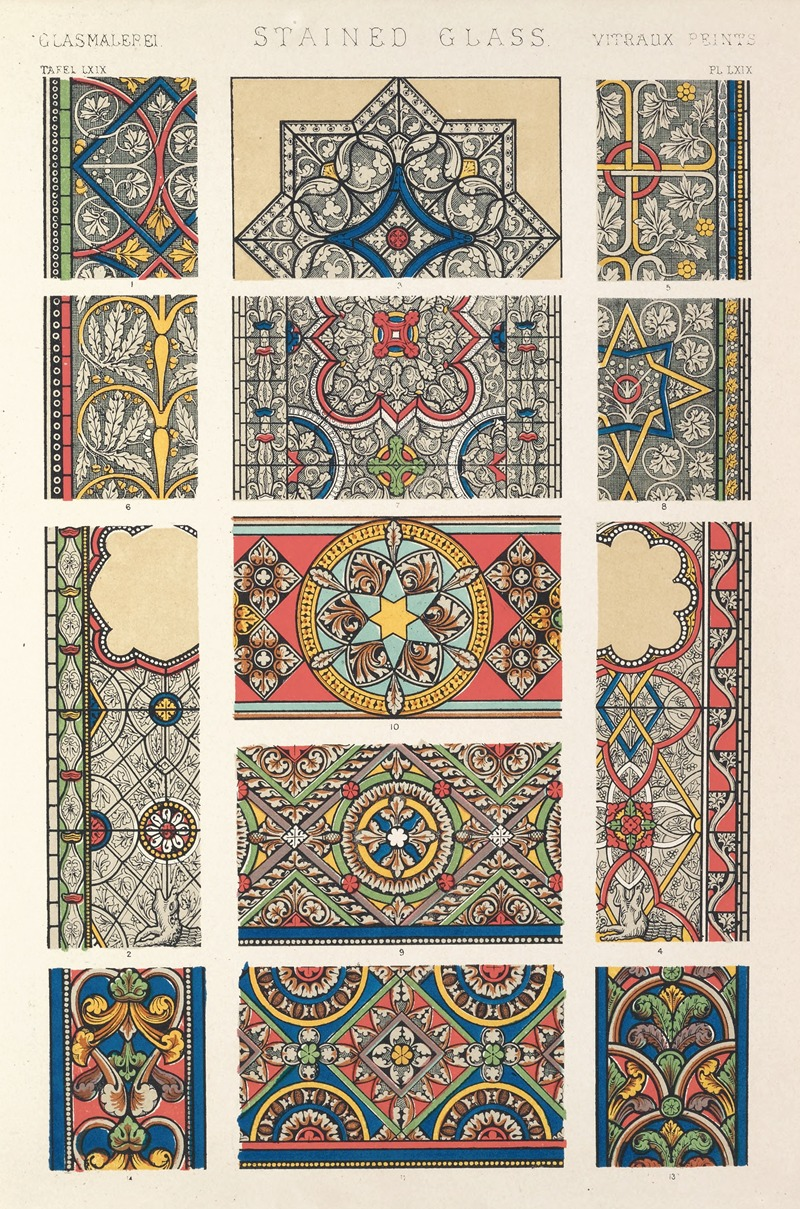

Louis Comfort Tiffany and John La Farge played instrumental roles in the American Arts and Crafts Movement, a late 19th-century trend emphasizing craftsmanship and the decorative arts as a reaction against industrialization. Both artists, through their innovative work with stained glass, embodied the movement’s ethos of artistry and individual craftsmanship.
Their commitment to creating aesthetically pleasing, high-quality work that was both functional and artistic, aligned perfectly with the movement’s principles, making them central figures in this artistic renaissance.
Their Contributions to Elevating Stained Glass from a Craft to an Art Form
Tiffany and La Farge were pivotal in transforming the perception of stained glass from merely a craft to a respected art form. By introducing innovative techniques and artistic concepts, especially the use of opalescent glass, they elevated stained glass to a medium of artistic expression capable of conveying complexity and depth.
Their works demonstrated that stained glass could transcend its traditional, utilitarian role in architecture to become a medium for personal artistic statement, thus garnering new respect and appreciation for stained glass within the art community.
The Enduring Legacy of Their Techniques and Artistic Philosophies
The legacy of Tiffany and La Farge extends beyond their individual creations. They set new standards in stained glass artistry, with their techniques and philosophies continuing to influence contemporary artists and designers. Tiffany’s use of color and nature-inspired designs and La Farge’s nuanced realism and depth have both become enduring elements in stained glass art.
Their influence is evident in the continued appreciation and use of opalescent glass and in the ongoing pursuit of innovation in the medium, underscoring their lasting impact on the art form and its place in the broader narrative of American art history.
The End of the Feud and Their Later Years
The intense rivalry between Louis Comfort Tiffany and John La Farge, initially centered on opalescent glass patents and artistic one-upmanship, gradually subsided as the artists matured and their careers took divergent paths. As the legal disputes over patents resolved inconclusively and the fervor of competition waned, both artists increasingly focused on consolidating their legacies.
The later years of their careers were less about direct competition and more about the refinement and expansion of their artistic visions. This evolution from rivalry to individual legacy-building marked a natural conclusion to a significant chapter in the history of American art.
The Later Years of Tiffany and La Farge’s Careers
In his later years, Louis Comfort Tiffany continued to innovate in the field of decorative arts, expanding his focus to include a broader range of materials and techniques. His work in these years was characterized by a continued exploration of color and form.
John La Farge, meanwhile, devoted much of his later career to writing and lecturing, sharing his extensive knowledge of art and advocating for the importance of beauty and craftsmanship in the modern world. Although their direct rivalry diminished, their commitment to their crafts remained steadfast.
Their Lasting Impact on the Art World and Contemporary Artists
The legacies of Tiffany and La Farge have left an indelible mark on the art world, particularly in the realm of stained glass and the decorative arts. Their pioneering techniques, innovative use of materials, and distinct artistic styles have continued to inspire contemporary artists and craftspeople.
The standards they set for craftsmanship and artistic integrity resonate to this day, influencing modern approaches to stained glass and beyond. Their work remains a testament to the enduring power of artistic innovation and serves as a source of inspiration for those who seek to blend traditional craftsmanship with creative expression.
Final Thoughts on the Rivalry Between Tiffany and La Farge
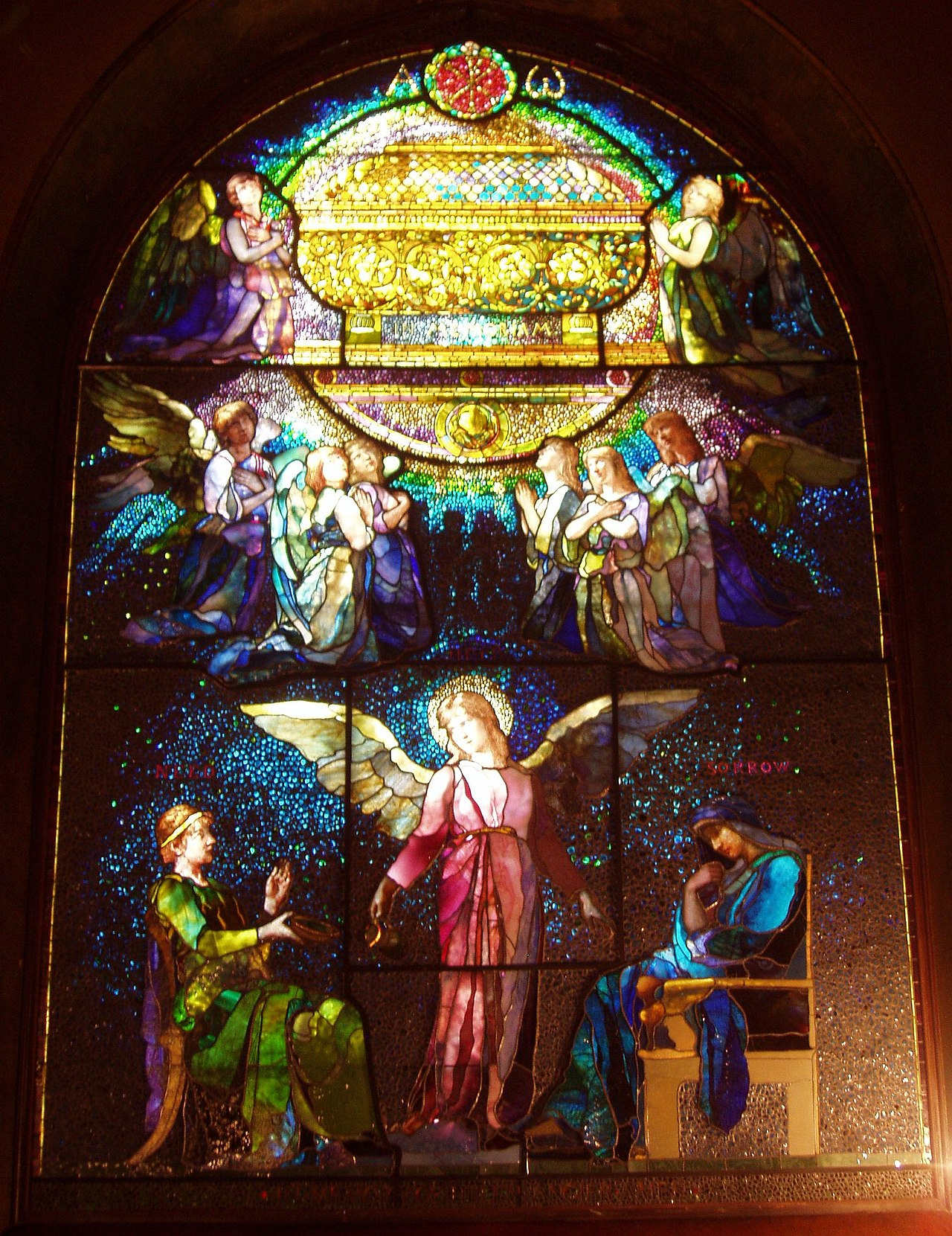

The rivalry between Louis Comfort Tiffany and John La Farge occupies a significant chapter in art history, serving as a catalyst for innovation and progress in the realm of stained glass. Their competition, rooted in a quest for artistic and technical supremacy, led to significant advancements in the use of opalescent glass, thereby reshaping the aesthetics and possibilities of stained glass art. Their contributions extended beyond their individual works, influencing the broader artistic community and elevating the status of stained glass from a mere craft to a respected form of fine art.
Modern artists and art enthusiasts can draw inspiration from their story, learning the value of innovation, the importance of artistic integrity, and the impact of healthy competition in fostering creativity and progress. The legacies of Tiffany and La Farge remind us that in the pursuit of artistic excellence, rivalry can transcend personal contention to forge new paths and possibilities in the world of art.








